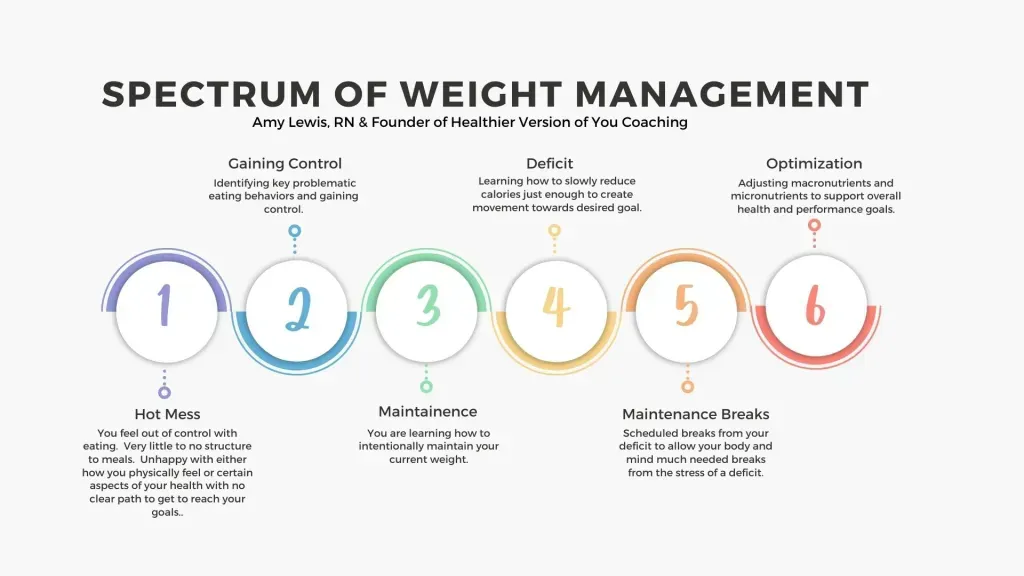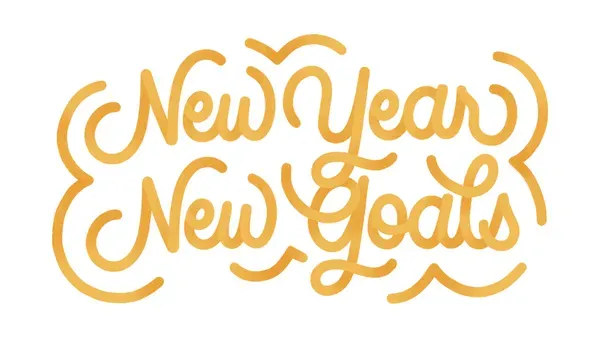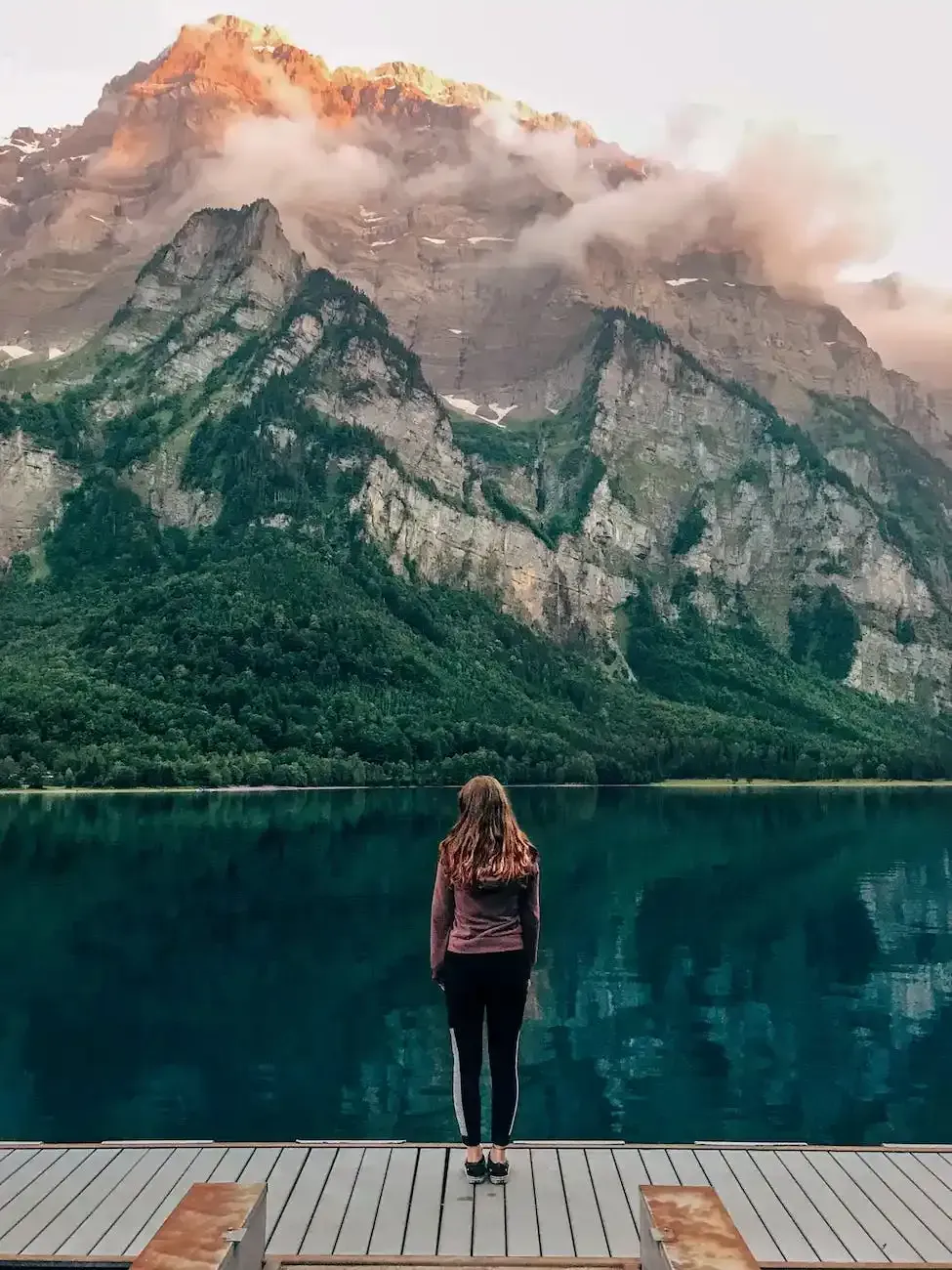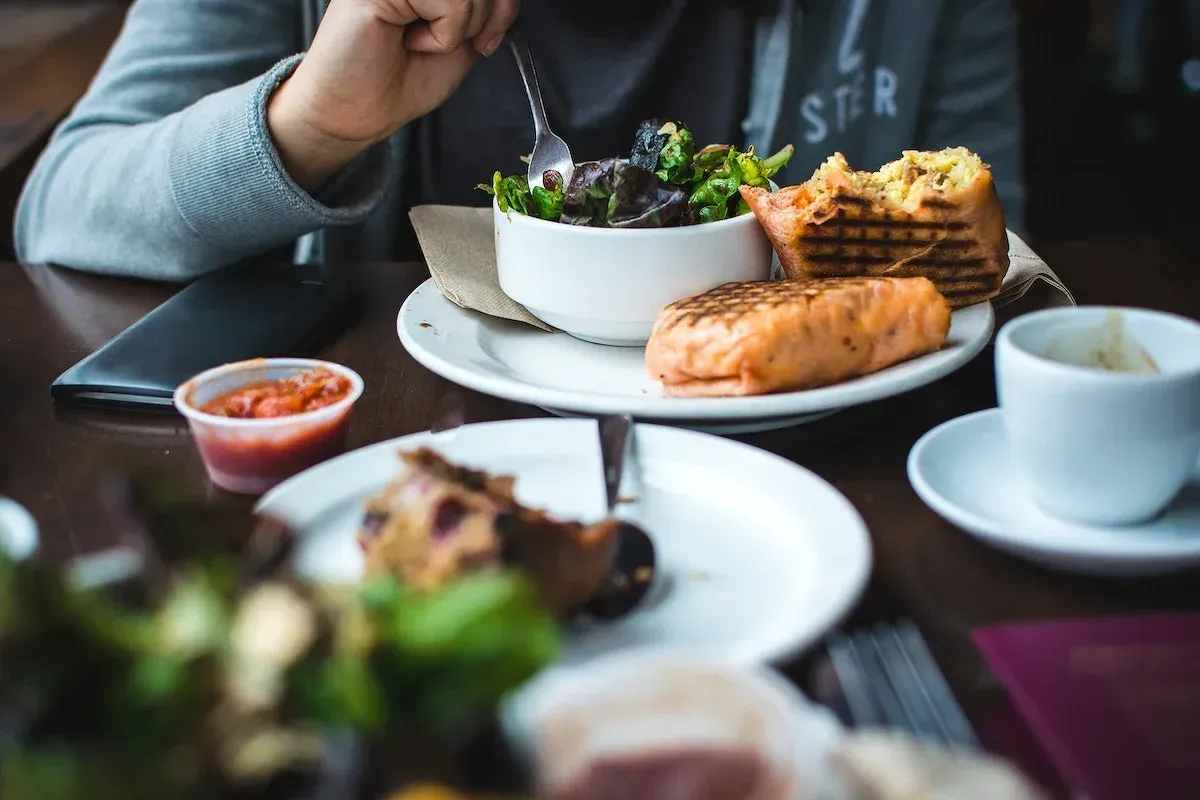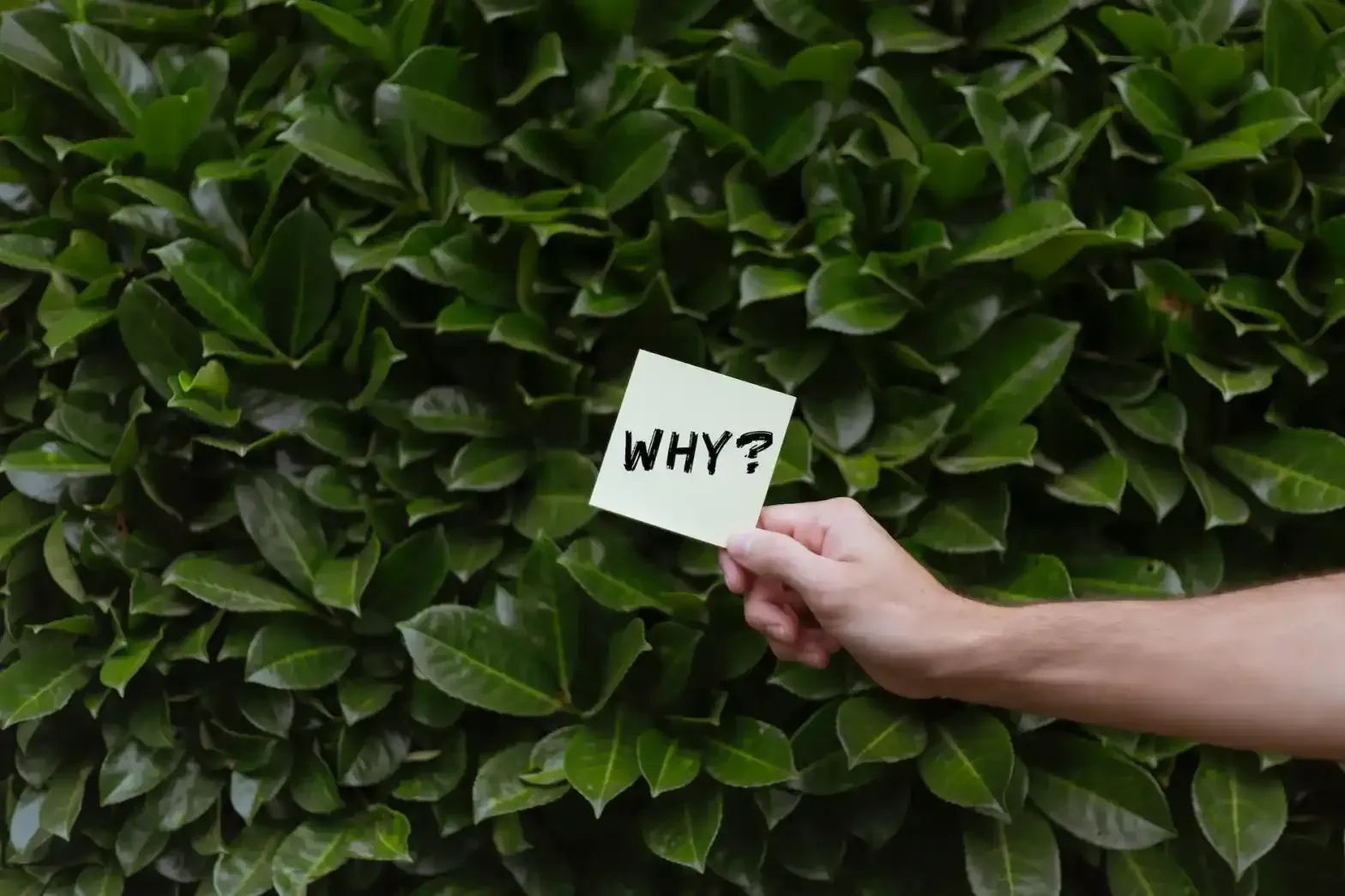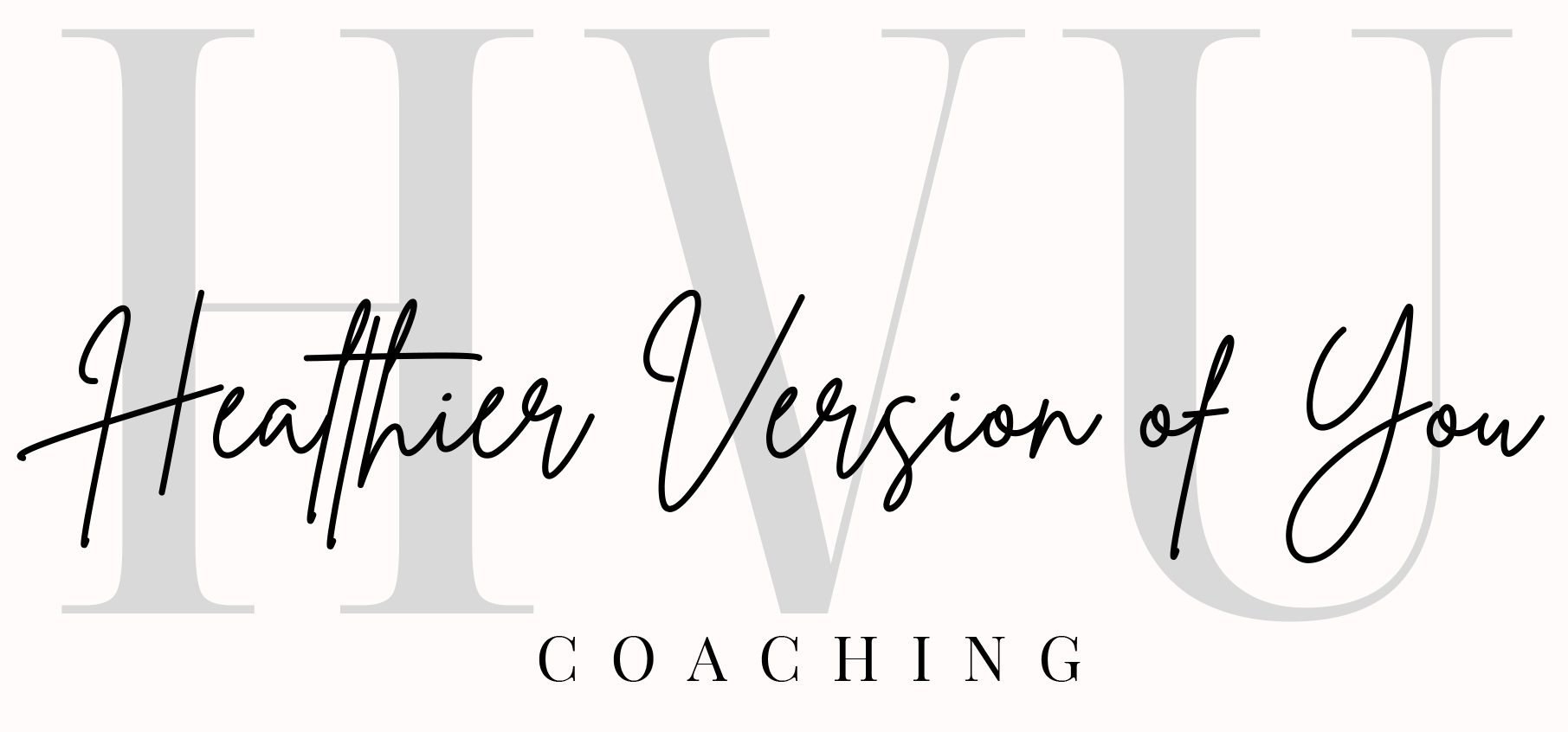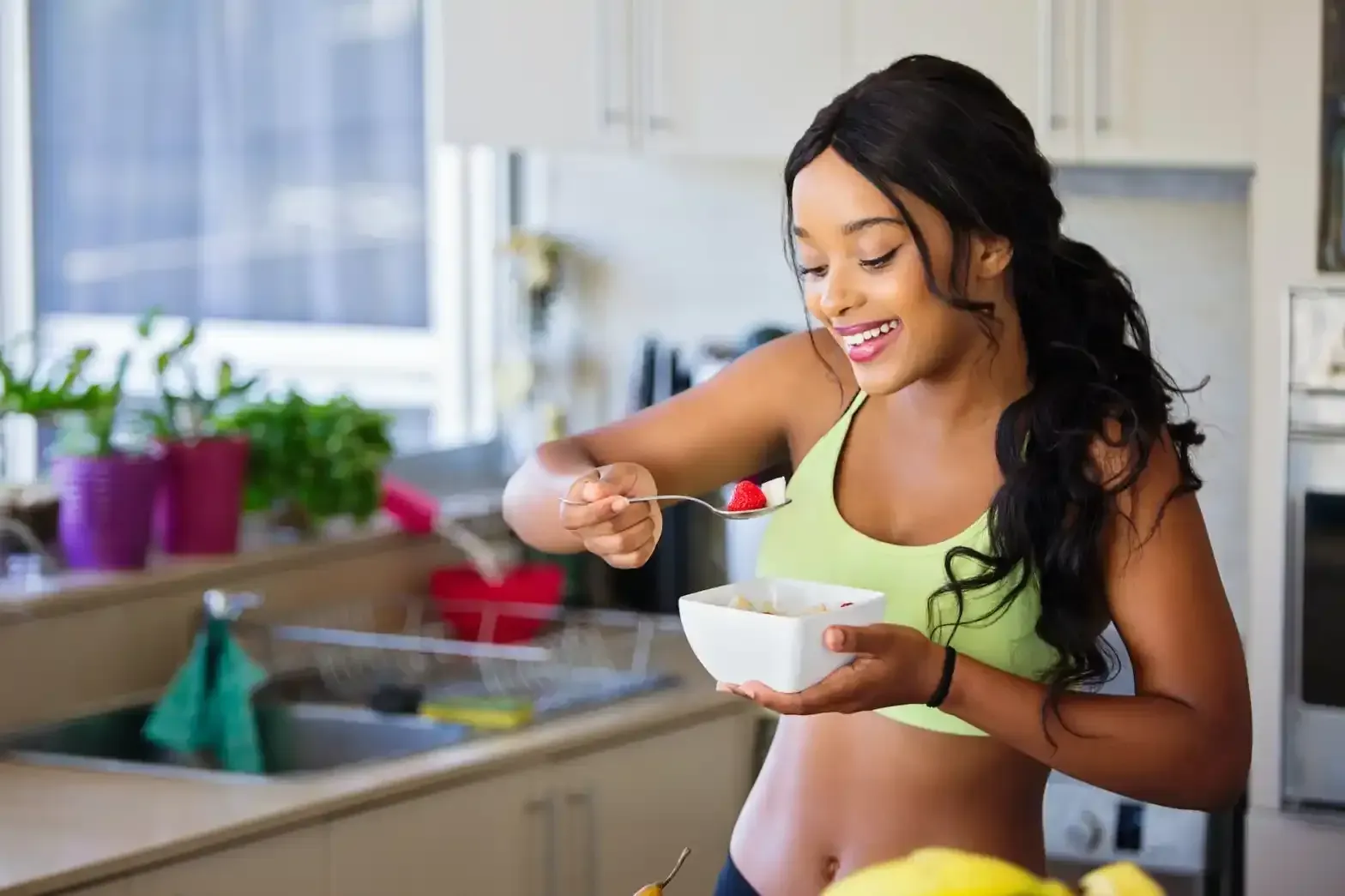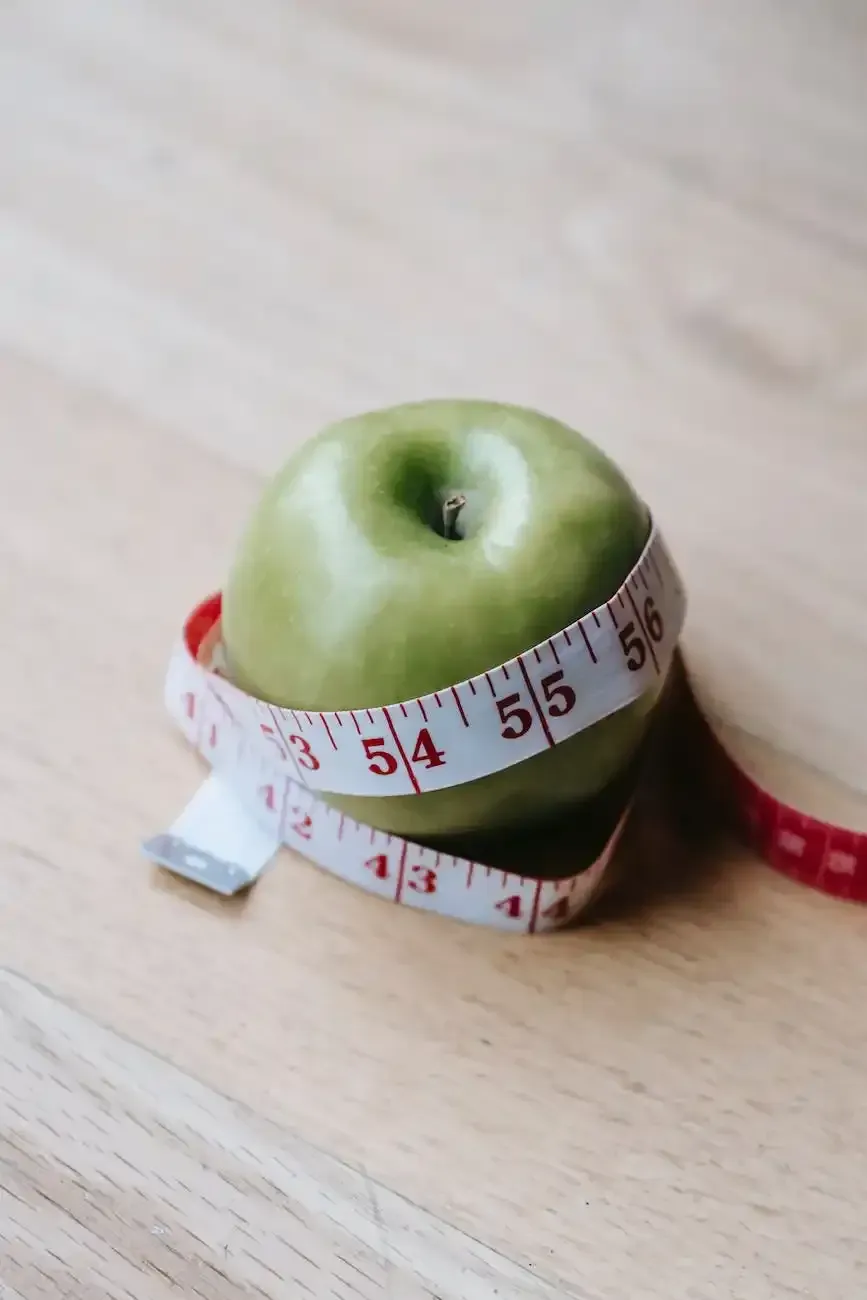How much water should I drink?
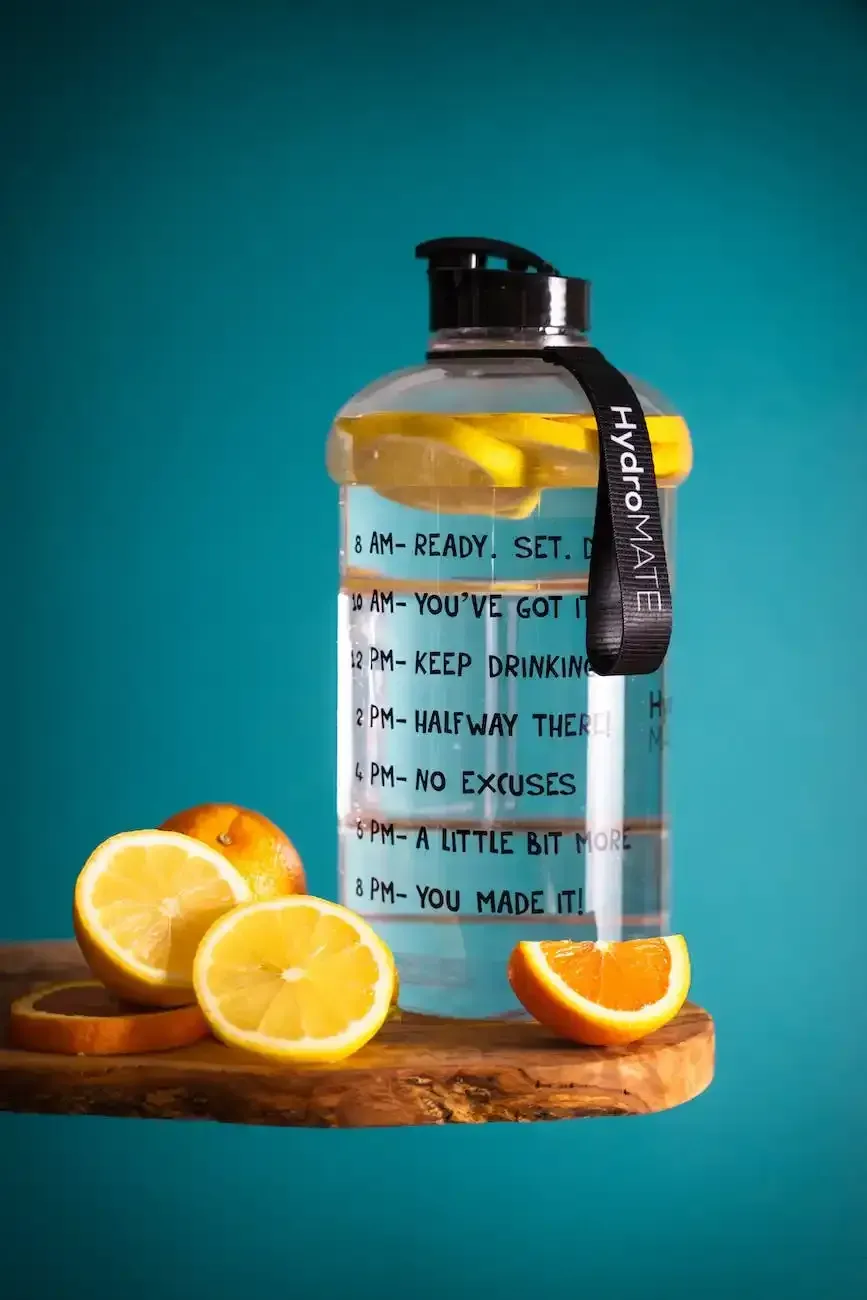
Let’s start with some great resources and I’ll end with what has worked for me to increase my water intake.
Benefits of Drinking Water
by The CDC : Water and Healthier Drinks
“Getting enough water every day is important for your health. Drinking water can prevent dehydration, a condition that can cause unclear thinking, result in mood change, cause your body to overheat, and lead to constipation and kidney stones. Water has no calories, so it can also help with managing body weight and reducing calorie intake when substituted for drinks with calories, such as sweet tea or regular soda.”
“Water helps your body:
- Keep a normal temperature.
- Lubricate and cushion joints.
- Protect your spinal cord and other sensitive tissues.
- Get rid of wastes through urination, perspiration, and bowel movements.”
Is water the only option for staying hydrated?
“No. You don’t need to rely only on water to meet your fluid needs. What you eat also provides a significant portion. For example, many fruits and vegetables, such as watermelon and spinach, are almost 100% water by weight.
In addition, beverages such as milk, juice and herbal teas are composed mostly of water. Even caffeinated drinks — such as coffee and soda — can contribute to your daily water intake. But go easy on sugar-sweetened drinks. Regular soda, energy or sports drinks, and other sweet drinks usually contain a lot of added sugar, which may provide more calories than needed.”
How much daily total water do you need?
From: Harvard Health Blog
“For healthy individuals, the average daily water for men is about 15.5 cups and for women about 11.5 cups. That might mean you need only four to six cups of plain water, depending on other fluid sources such as coffee, tea, juice, fruits, and vegetables.
Other factors that might mean more plain water include:
- Activity level: If you’re losing water through sweat because you’re exercising, you should increase your water intake. Individuals participating in long stretches of physical activity, such as marathons, often need to replace both water and sodium losses.
- Outside temperatures: You should adjust your water level when the temperatures soar outside. In warmer temperatures, you might feel thirstier faster.
- Overall health and medications: It’s possible to take in too much water if you have certain health conditions, such as thyroid disease or kidney, liver, or heart problems; or if you’re taking medications that make you retain water, such as nonsteroidal anti-inflammatory drugs (NSAIDs), opiate pain medications, and some antidepressants.
- Age: Older people don’t sense thirst as much as they did when they were younger. And that could be a problem if they’re on a medication that may cause fluid loss, such as a diuretic.
How to calculate how much water to drink a day
As there’s no one-size-fits-all answer and water intake is individualized, you should check with your doctor about the right amount for you. Warning signs of dehydration include urine that’s dark yellow in color, weakness, low blood pressure, dizziness, or confusion.”
I’m no where near the recommended amount. Where should I start?
What do I always say? Start where you are! I am notoriously NOT a plain water drinker. But I have found increasing my intake of non-caffeinated, low-no calories drinks has made a huge difference. It just in how I feel but I didn’t realize how I thought I wanted something to eat only to find out fluids did the trick!!
- Start being mindful of all the ways you intake fluid most days.
- Assess your urine. If it’s very pale yellow, you’re likely in the ballpark. If it’s concentrated, dark yellow then you likely need more.
- If you need more, then look at your day and see where you could attempt adding in one extra cup per day. Attach it to something you do everyday like brushing your teeth, or drinking your morning coffee. I have my first cup of coffee then drink one cup of water before my second cup. To help make it a habit, put a sticky note on your bathroom mirror or on the coffee pot, set a reminder on your phone. Keep finding places to add in a cup of water until you get your urine to pale yellow in color. You don’t necessarily need to lug around a huge jug of water or drink gallons a day.
- Ultimately, check with YOUR provider on how much water you should be consuming.
Tips, tricks and my go-to drinks.
- - Crystal light or Mio are great ways to add some flavor to make the water drinking more appealing.
- - I’m a big coffee drinker, after my first cup, I drink one 8 ounce cup of plain water while I wait for my second cup to brew.
- - After lunch and dinner I love a caffeine free herbal tea. My favorites are made by Bigelow, Lemon Ginger, I Love Lemon and Lemon Echinacea.
- - Sparkling Ice – Flavored Drinks.
- - On my busiest of days, Ive already meal prepped and then hydration is the ONLY thing I focus on.
Hope you find this helpful, stay hydrated my friends!
